
Somaliland is an autonomous republic in East Africa with a population of around 3.4 million. The republic is located in the northwest of Somalia, on the Horn of Africa, and borders Ethiopia to the south, Djibouti to the west, the Gulf of Aden to the north, and the autonomous region of Puntland in Somalia to the east.
The official languages of Somaliland are Arabic, Somali and English. The Somaliland shilling is used as a means of payment in the autonomous region.
The highest peak in Somaliland is the 2,450 meter high Shimbris in the Somali Highlands.
The largest cities in the republic include Hargeisa, Berbera, Boorama, Las Anod, Burao, Zeila, Lughaya, Amud and Erigabo.
The population of Somaliland is predominantly Muslim, with almost half of all people today still living as nomads.
The most important economic sector in the autonomous republic is livestock breeding. Around 20 to 30 million live sheep, goats, cattle or camels are exported to neighboring Saudi Arabia and other Arab states via the country's largest port in Berbera.
In agriculture, mainly millet, beans, sorghum, corn, grain and fruit are grown for personal use.
Hargeisa, or Hargeysa, is the capital of Somaliland with around 900,000 inhabitants. The city lies at an altitude of almost 1,300 meters and is the political and, together with the city of Berbera, also the economic center of the country.
The most important sights in Hargeisa include the rock art of “Laas Geel”, the central market, the Independence Monument, the “Mig Jet” monument commemorating the destruction of Hargeisa in 1988, the Saryan Museum and the Livestock Market.
In October 2017, I made a stopover in Hargeisa on my flight from Dubai to Mogadishu. Unfortunately, due to my lack of a visa for Somaliland, which I had tried to apply for months before, I was unable to leave the airport building.
A visit to Somaliland again and a trip to neighboring Puntland are planned for the near future.

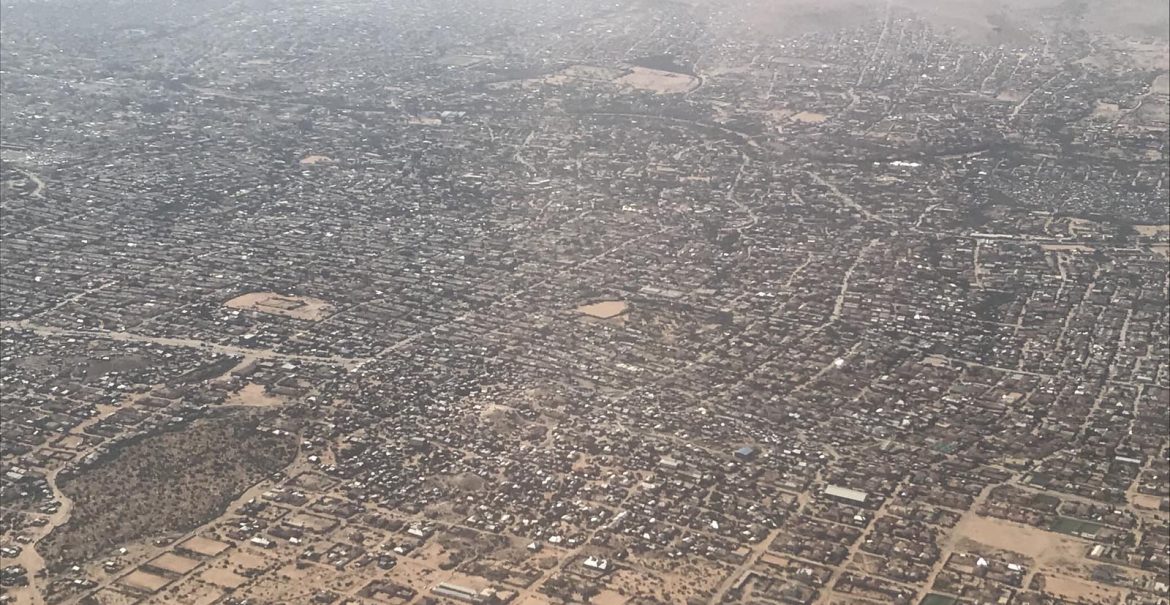
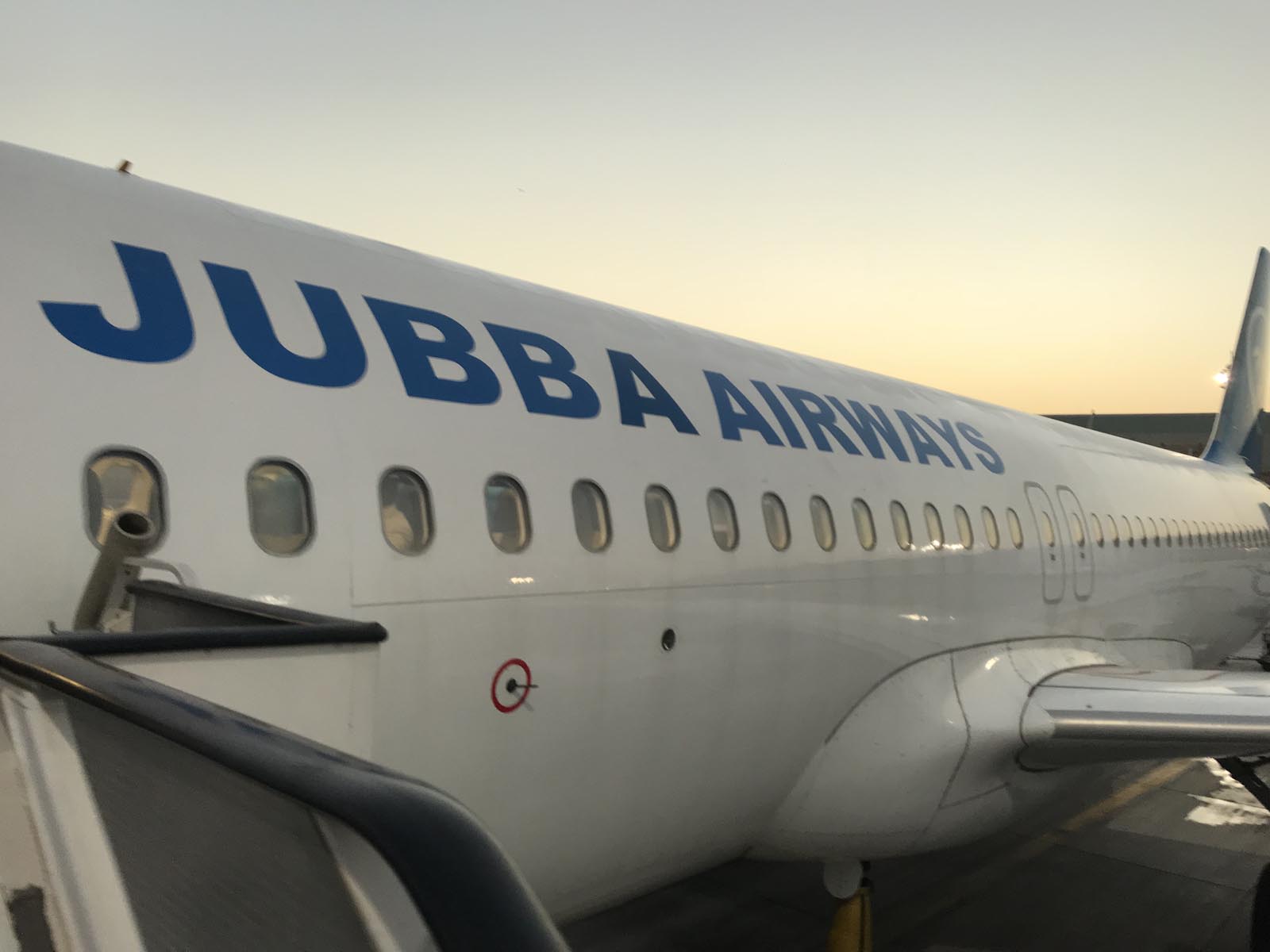


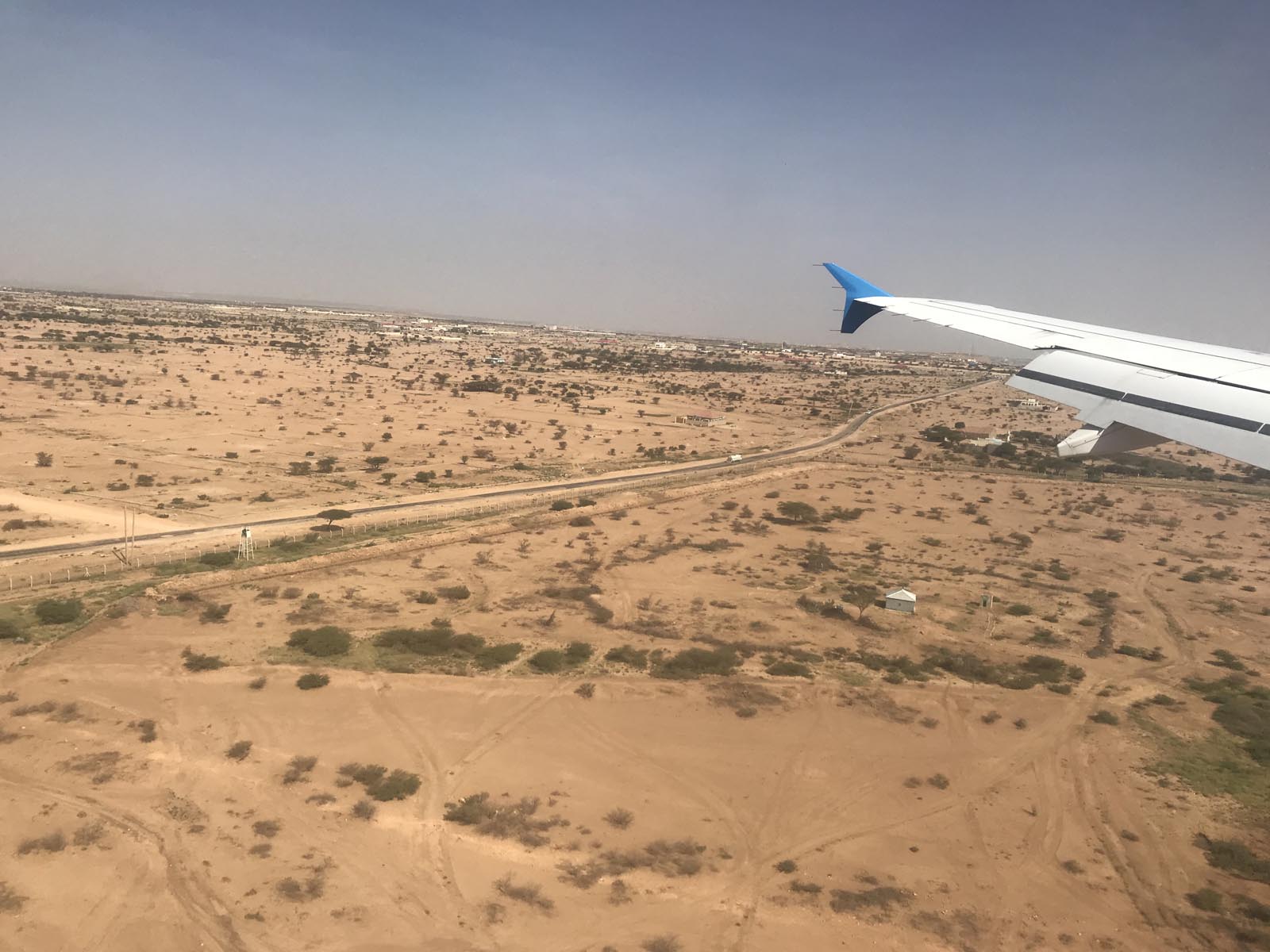
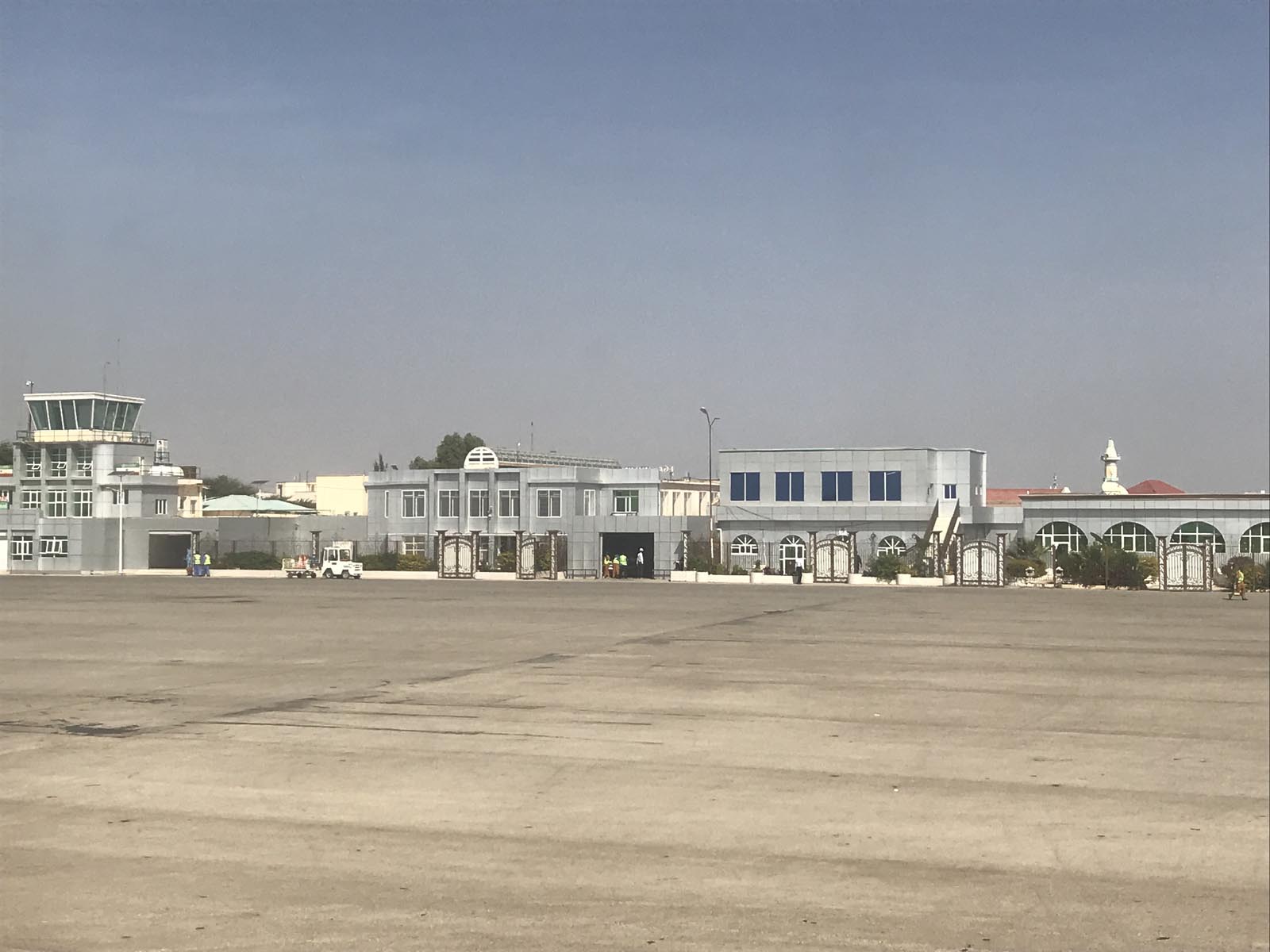
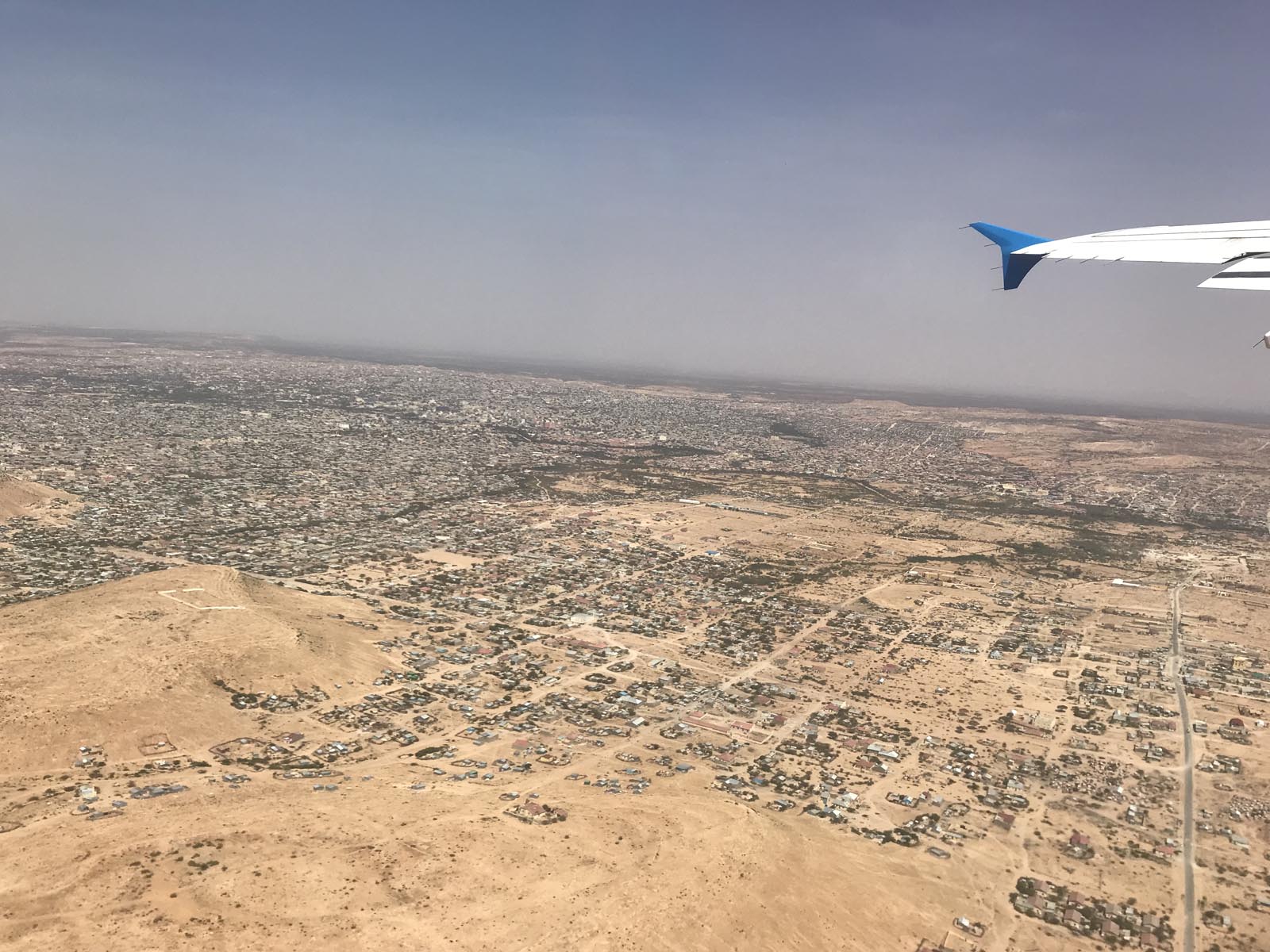
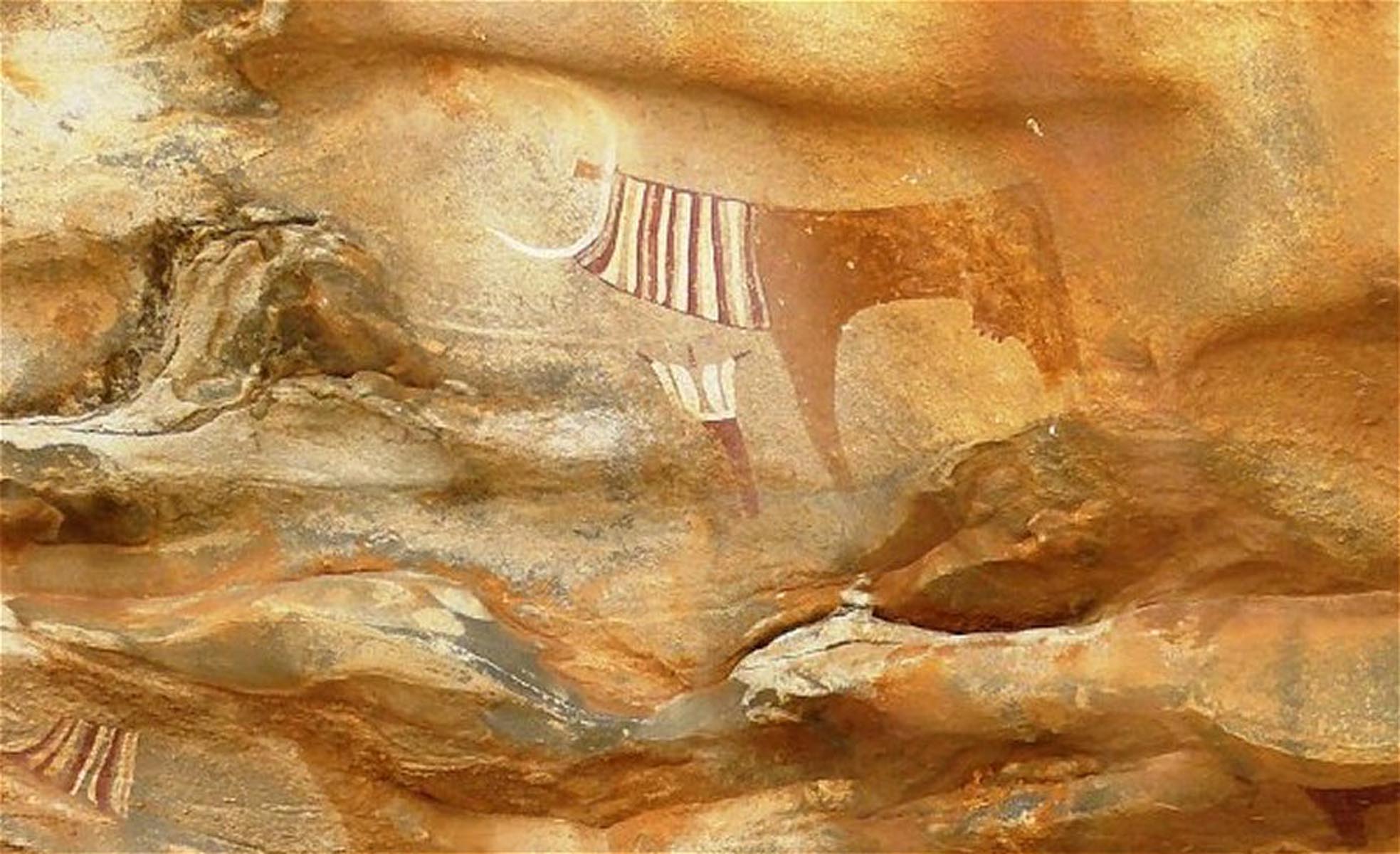
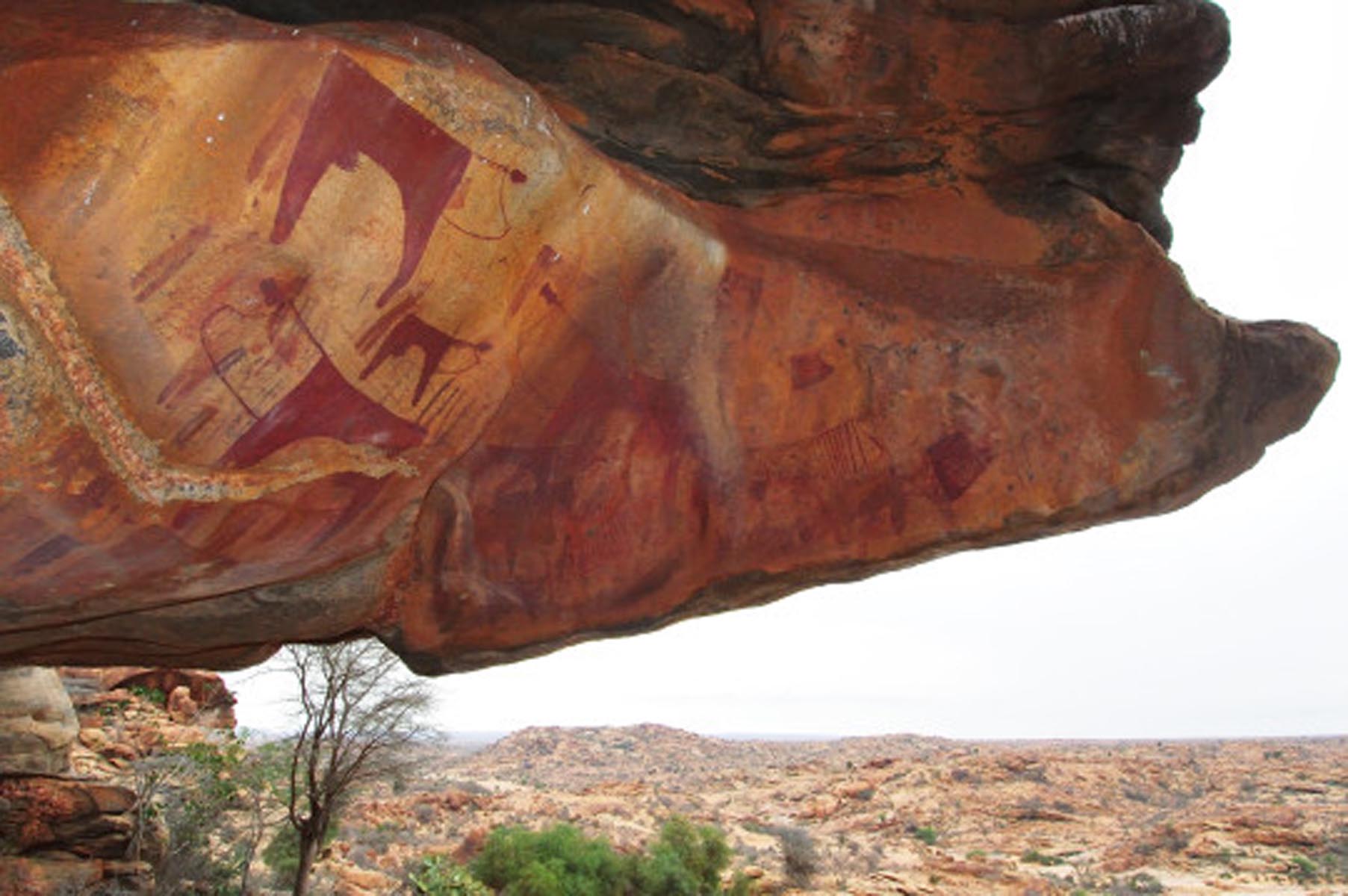
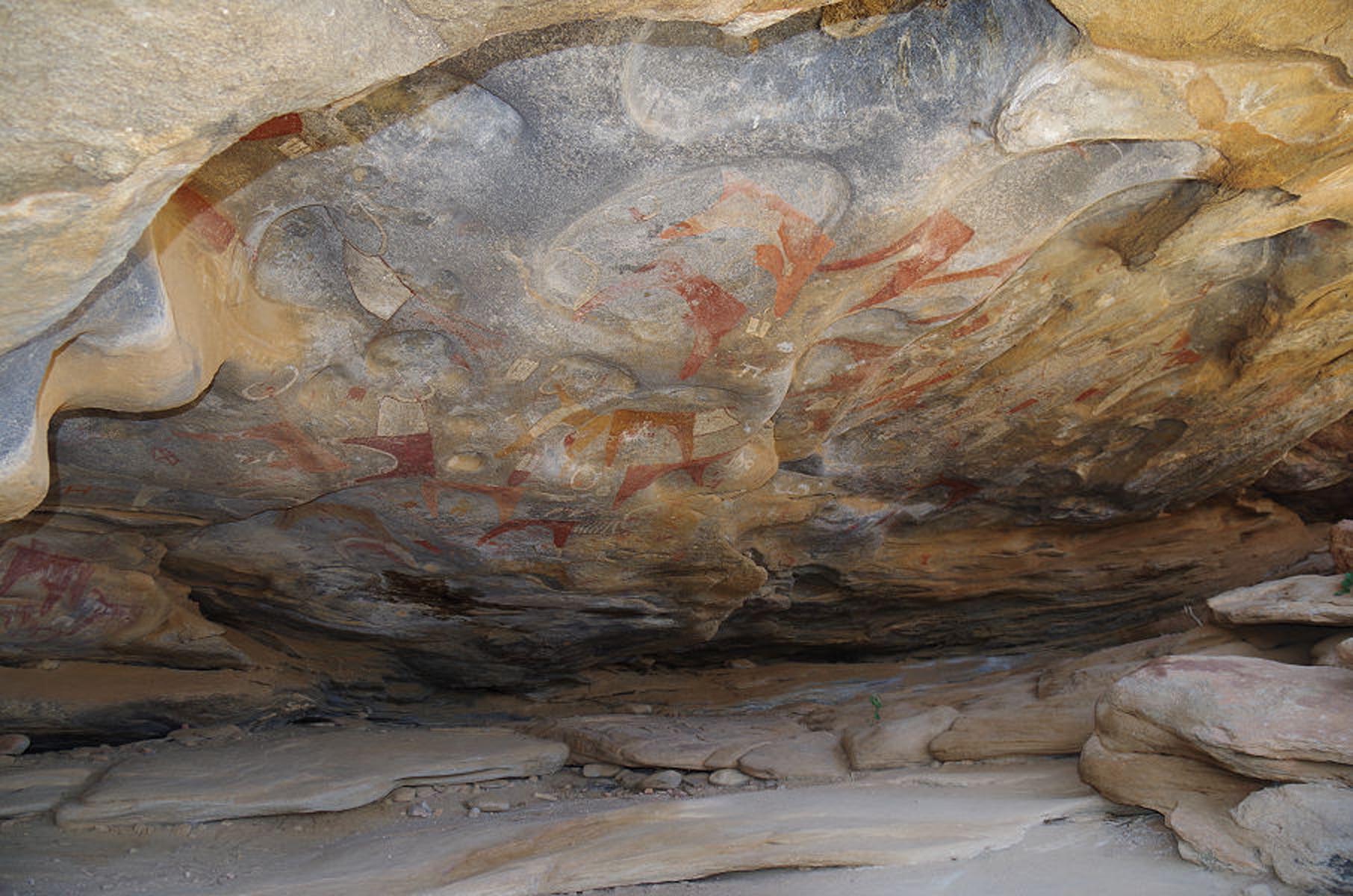
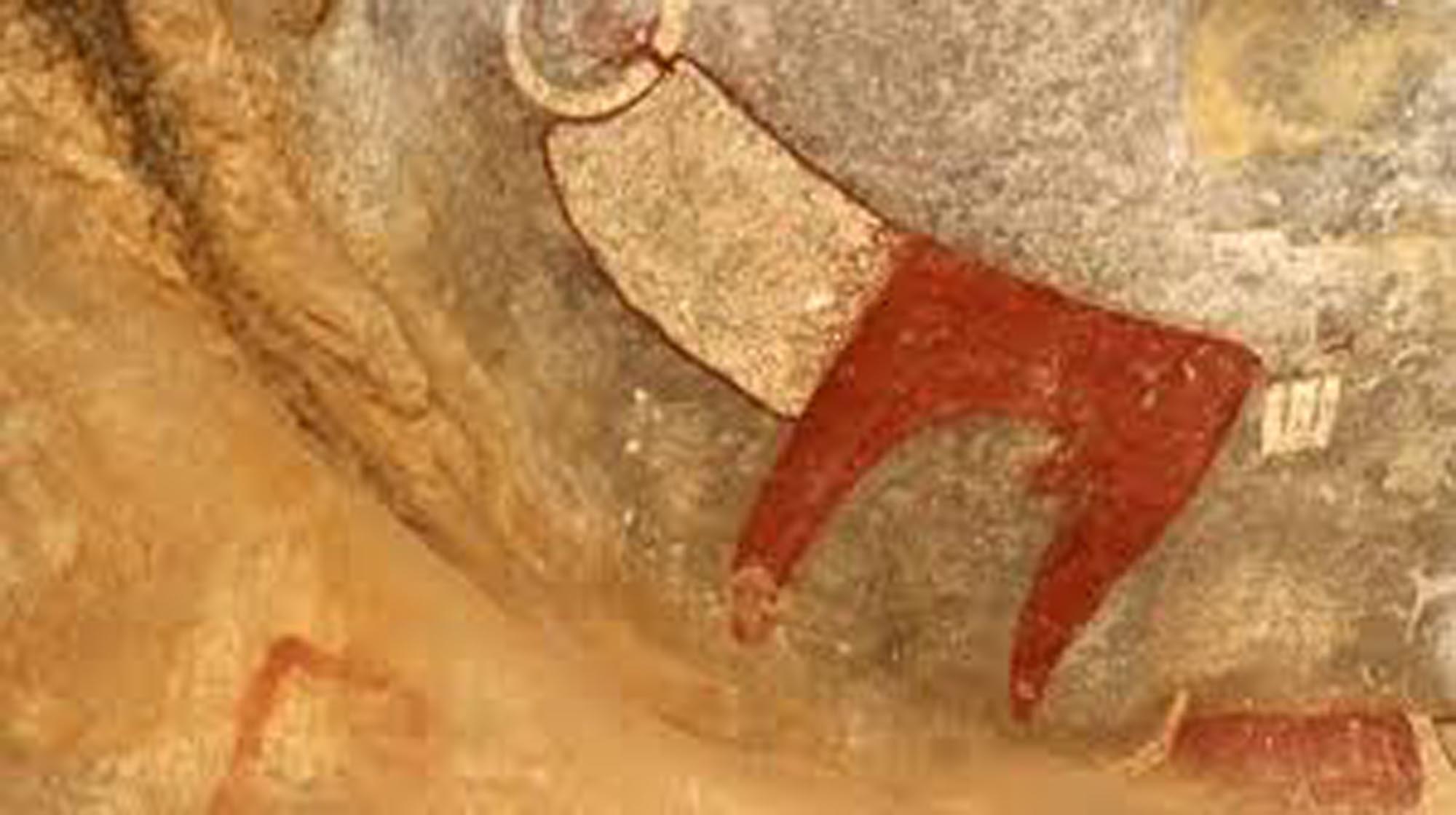
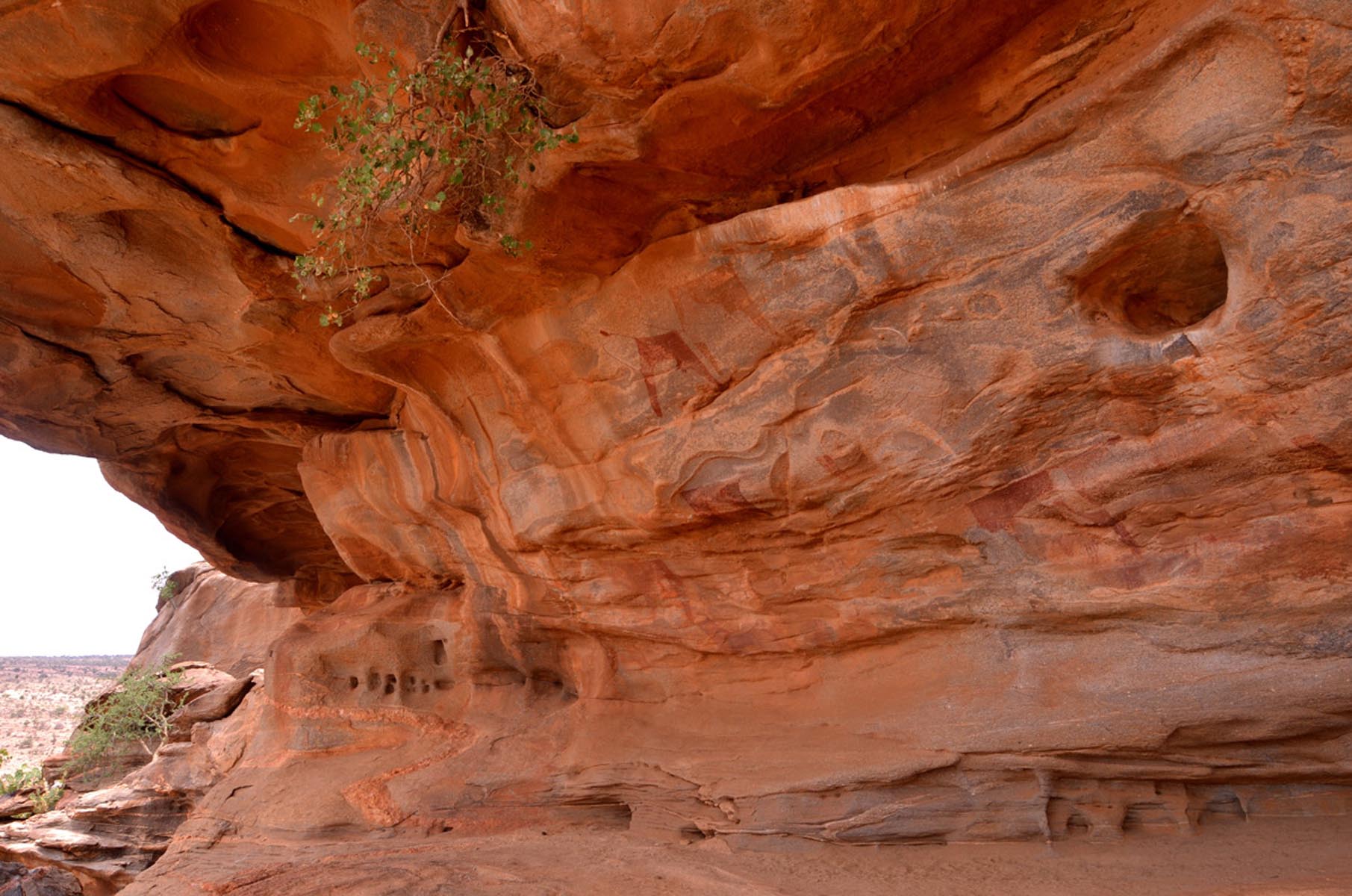
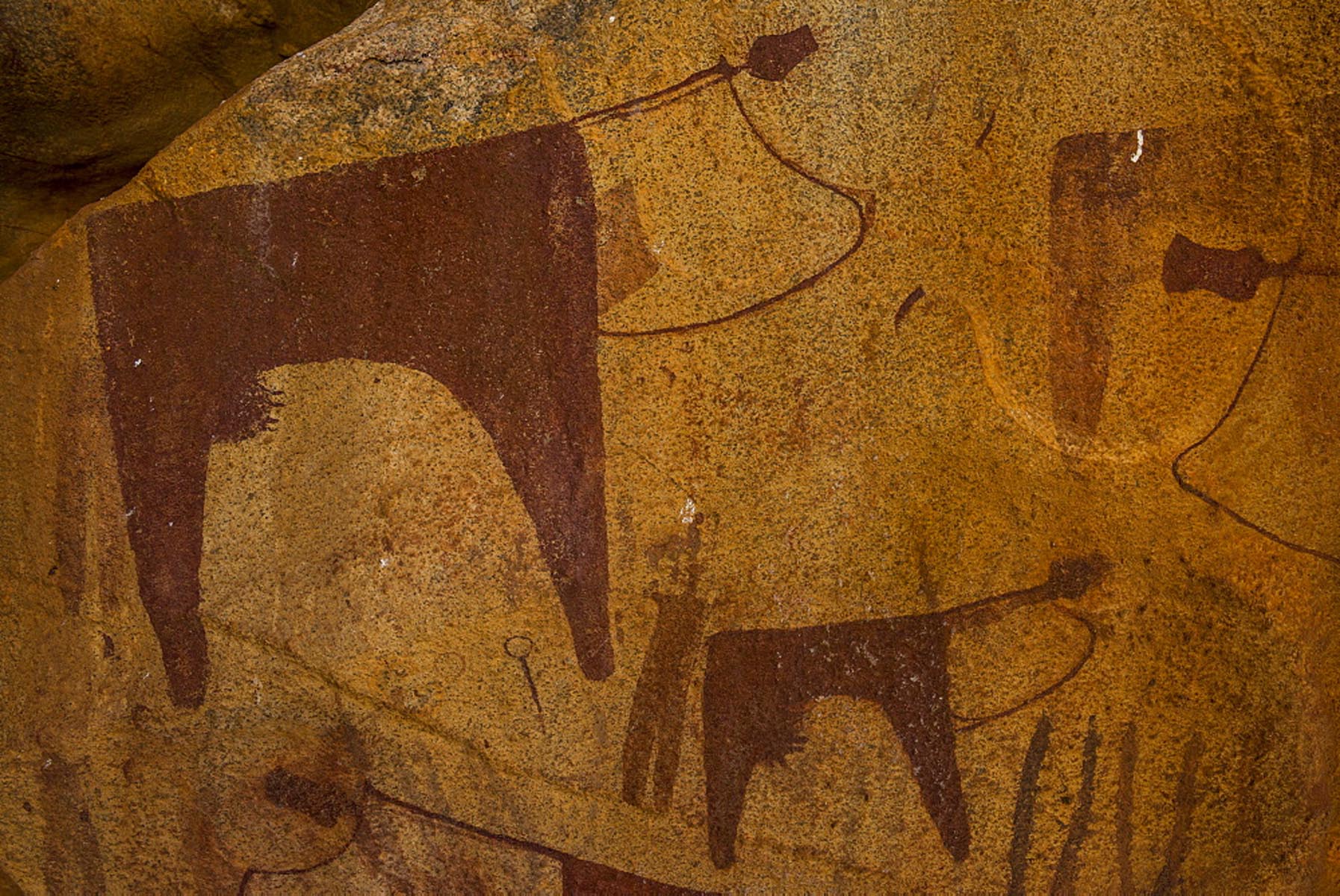
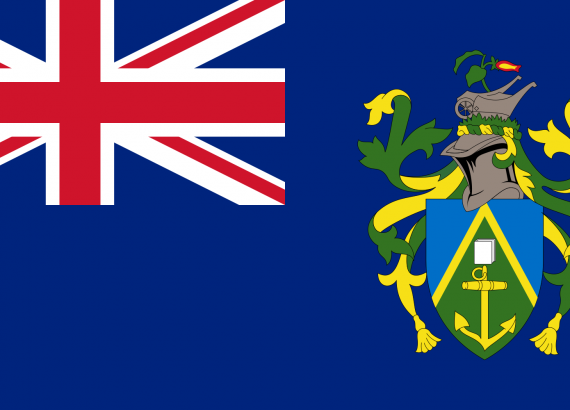
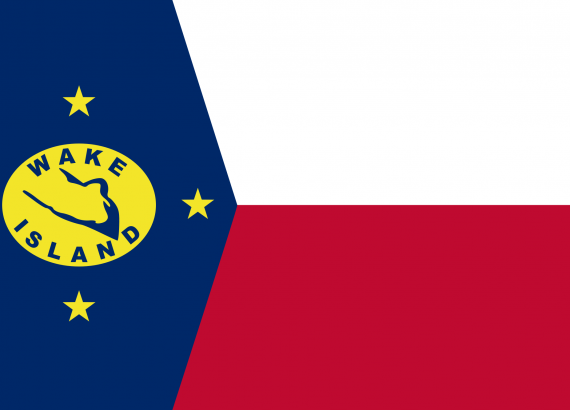
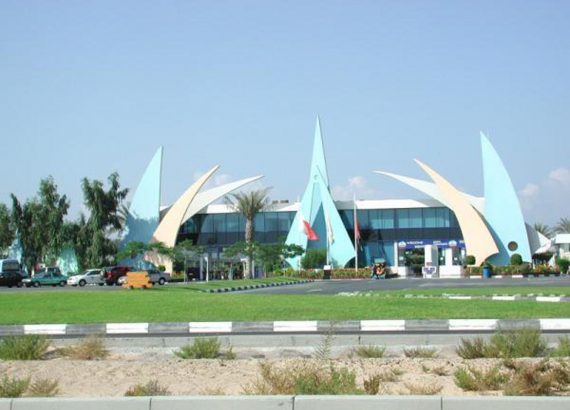
No Comments